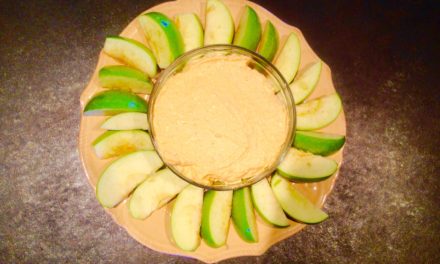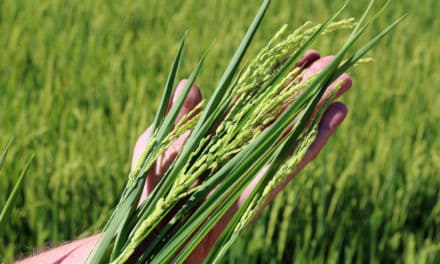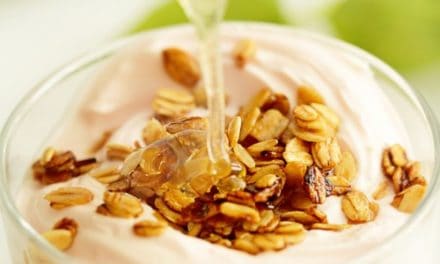Our Picks… Herb Garden
Chives (Allium schoenoprasum)
Chives are small, dainty, onion-like plants that grow in clumps reaching about 10 inches in height. They are a hardy perennial with decorative, light purple flowers.
Chives demand little care other than dividing when they become overcrowded. They are easily propagated by division or from seed and make attractive border plants.
Cut fresh leaves for use as they grow. Chives are used to impart a delicious, subtle, onion-like flavor to foods.
Lavendar (Lavandula vera)
Lavender is a many-branched, somewhat woody, perennial plant growing 1 to 3 feet tall. The narrow leaves are about 2 inches long and have a pleasing gray-green color. The small lavender flowers are borne on long-stemmed, slender spikes.
Lavender grows best in rocky, dry, sunny places with an abundant amount of lime in the soil. It can be propagated by seed or cuttings. If winters are severe, the plant needs protected.
Cut whole flower spikes when the first flowers begin to open, and dry.
Lavender is one of the most famous of all herbs for the fragrance of its dried flowers and the oil distilled from them. It is used most often in sachets and perfumes.
Oregano (Wild marjoram) (Origanum vulgare)
Oregano, also called “wild marjoram,” is a hardy perennial that has sprawling stems which can grow to 2 feet tall. This plant is much coarser than sweet marjoram and smells more like thyme. It has small pink or white flowers.
Oregano grows well in poor soil and can be propagated by seed or division. Thin plants 10 to 12 inches apart. Stimulate foliage by cutting back flowers. Replant when plants become woody in 3 to 4 years.
Use fresh leaves as needed. Preserve leaves by drying.
Oregano leaves are used extensively as a flavoring on pizza. Sprinkle leaves over lamb or steak rubbed with lemon juice. Add to other Italian-type sauces.
Parsley (Petroselinum crispum)
Description
Parsley is a hardy biennial that is usually treated as an annual. It is popular because of its much-divided, sometimes curly leaves which have a characteristic flavor and smell.
Cut parsley when the leaves are of suitable size. Leaves can be used fresh or dried. Parsley is one of the most familiar of all herbs and is used for both garnishing and flavoring. It is relatively high in vitamins A and C and iron.
Peppermint (Mentha piperita)
Peppermint is a perennial plant with spreading root stalks and many upright stems 2 feet or more in height. Its dark green leaves and reddish-tinged stems have a characteristic warm, spicy scent. Tiny purplish flowers appear in thick terminal spikes 1 to 3 inches long.
Peppermint does best in a rich, moist soil. Propagate by division or cuttings. The plant will grow in sun or shade. It is best to renew beds every 3 to 4 years.
The more frequently the sprigs are cut, the better the growth. Use leaves at any time. Leaves to be dried are best taken just as flowers begin to appear.
The leaves are used in tea and for other flavoring. Oil from the plant is used in products such as chewing gum, confections, toilet water, soap, and liqueur.
Rosemary (Rosmarinus officinalis)
Rosemary is a hardy evergreen shrub in areas where winter temperatures stay above 5oF (-15oC). In the Northeast, however, this perennial should be taken indoors and kept as a pot plant during winter. The narrow leaves have a leather-like feel and a spicy, resinous fragrance.
Rosemary grows best in well-drained, sunny locations in lime-rich soil. It can be propagated by cuttings or grown from seed. Pinch the tips to direct growth.
Use fresh leaves as needed.
Rosemary is a popular flavoring for meats and dressings or as a garnish on large roasts. Oil from leaves is used in medicine.
IN A SEPARATE BOX:
Try this great idea from Chuck Majors, California Organic Grower and maker of Sicorra’s Salsa: tie a few stems of rosemary together to make a disposable barbecue sauce brush. As the sauce is brushed onto the meat, flavors of rosemary infuse into the meat!
Source: Cooperative Extension Services of the Northeast States, West Virginia University, Chuck Majors, Organic Grower












